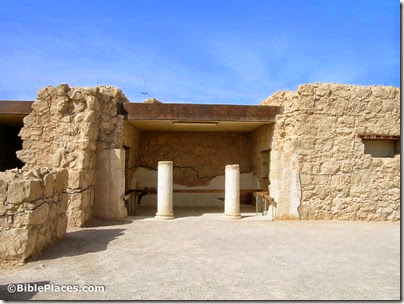Today is Jerusalem Day and in honor of that Accordance Bible Software has a sale on some outstanding Jerusalem resources.
The photo collections should be mentioned first:
- Accordance Photo Guide – save $25

- The American Colony Collection – save $50
- Views That Have Vanished (Photos of David Bivin) – save $13
Five Jerusalem “atlases” published by Carta are also discounted (with my favorite at the top):
- The Quest: Revealing the Temple Mount in Jerusalem, by Leen Ritmeyer

- Jerusalem in the Year 30 A.D., by Leen and Kathleen Ritmeyer
- Jerusalem in the Time of Nehemiah, by Leen and Kathleen Ritmeyer
- The Illustrated Atlas of Jerusalem, by Dan Bahat
- Carta’s Historical Atlas of Jerusalem, by Dan Bahat
The sale page gives two examples of the dramatic changes visible in recent history at the Western Wall prayer plaza.
Check out these great resources before the sale ends on June 2!
